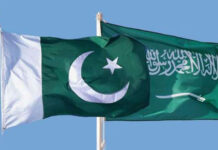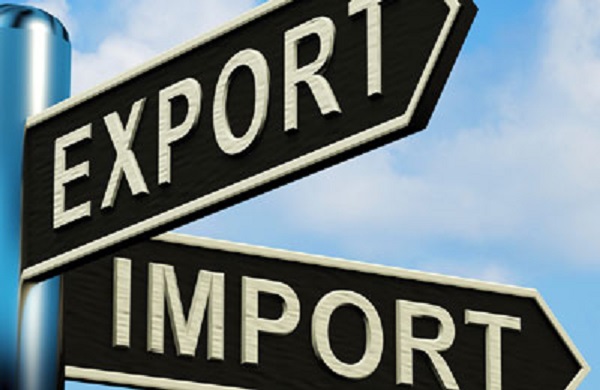Pakistan’s trade deficit narrowed by 20.54% year-on-year (YoY) to $1.68 billion in August 2024, according to data released by the Pakistan Bureau of Statistics (PBS) on Tuesday.
This improvement is due to an increase in exports and a slight decline in imports. In August 2024, exports surged by 15.93% to $2.74 billion, compared to $2.37 billion in the same month last year.
This strong performance in exports was coupled with a marginal 1.25% decline in imports, which fell to $4.42 billion from $4.47 billion in August 2023. The combined effect of these trends led to a reduction in the trade deficit.
On a month-on-month basis, the trade deficit also declined by 12.03% from $1.9 billion in July 2024 to $1.68 billion in August 2024.
Exports in August jumped by 18.9% compared to $2.31 billion recorded in July, while imports increased slightly by 4.92%, rising from $4.21 billion in the previous month to $4.42 billion in August.
The trade deficit for the July-August period of FY25 stood at $3.58 billion, slightly lower than the $3.74 billion recorded in the same period last year.
This reduction was also driven by a 14% increase in exports during two months, which amounted to $5.05 billion, up from $4.43 billion in the corresponding period of the previous fiscal year.
However, the gains in exports were partially offset by a 5.67% rise in imports during July-August, which totalled $8.63 billion in the first two months of FY25, compared to $8.17 billion during the same period last year.
The rise in imports highlights ongoing demand for foreign goods and services, despite efforts to curb import expenditures in light of the country’s economic challenges.























